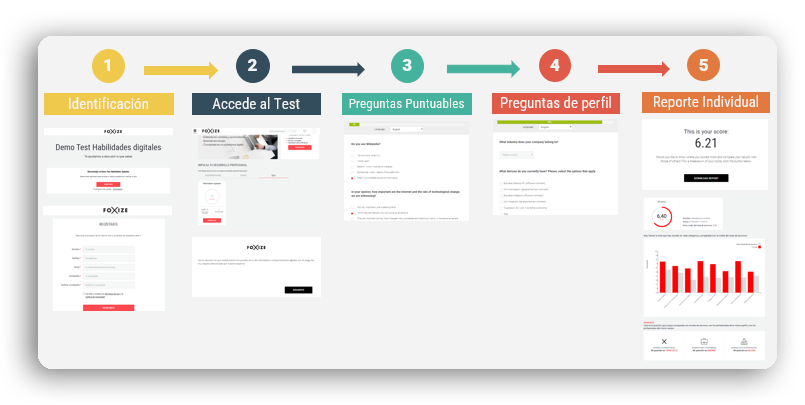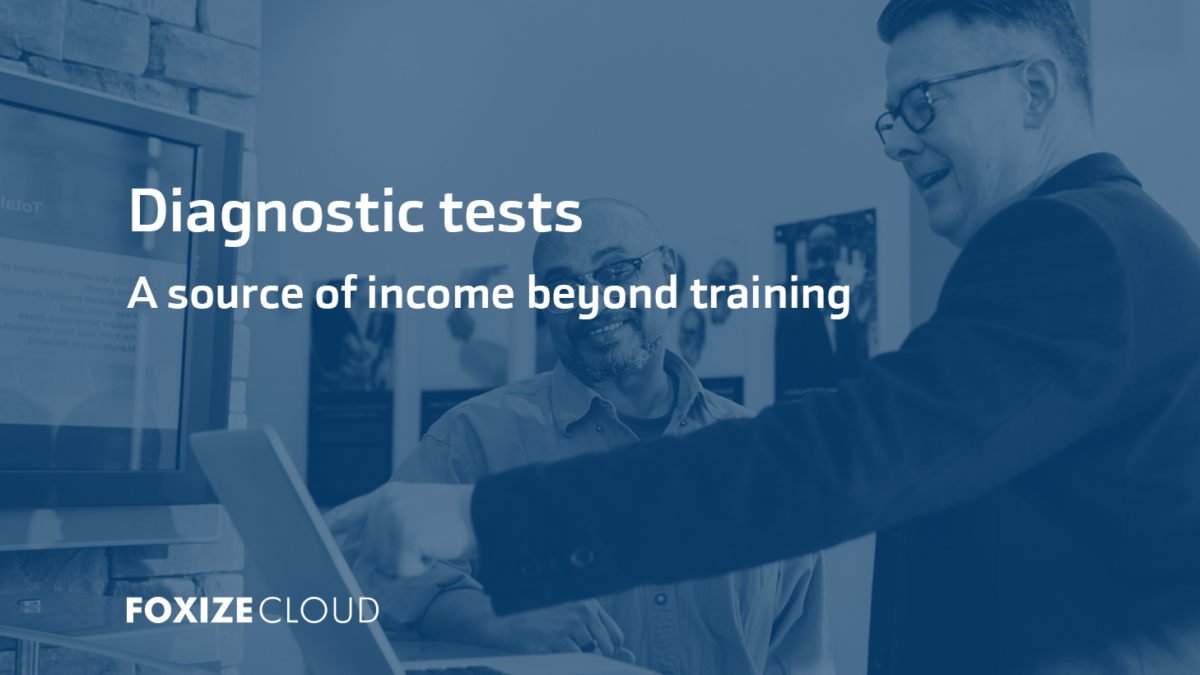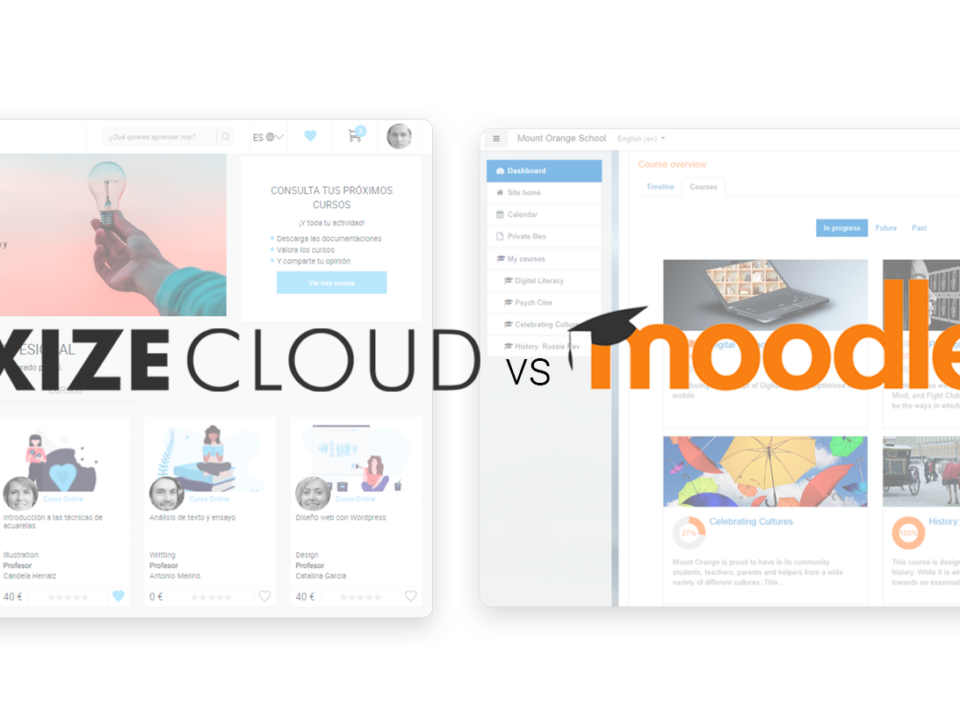Among many features of your Foxize Cloud training platform, Test-type segmentation projects can become a source of extra income for courses.
Segmentation projects are training projects within your school aimed at a specific group or collective (clients, B2B, departments, user profile ...). The people enrolled in this project will have free access to a series of courses and tests, depending on what has been agreed.
Segmented projects have their own landing page and allow obtaining specific data on the activity of their members. Within these segmented projects, we can find unlimited projects, incompany projects and diagnostic projects.
Now that we have seen what segmentation projects are...
Why sell B2B Diagnostics projects?
Training is an essential pillar for the development of internal talent, but for it to be successful it is necessary to base it on a series of data. Diagnostic projects make it possible to measure the knowledge and skills of its workers and compare it with the market, thus being able to better advise these companies based on their needs.
What data can you extract with diagnostic tests?
- Measure the maturity of the company: evaluate the level of the participants and compare results with the sector and the competition.
- Detect knowledge or skills gaps: identifying areas for improvement and establishing priorities and urgent needs.
- Detect the talent of outstanding groups: identifying experts and the proportion in relation to the rest of groups.
- Segment training itineraries: Define a segmented training plan based on the results.
What is the process of a diagnostic project like?
1. Define the requirements (start dates, number of participants, conditions)
The conditions and contracting are done offline, while in the platform administrator you can create all the technical part: creation of the test, creation of the project, registration, etc.
2. Prepare the launch of the Diagnostic Test (how are you going to communicate it, what reminders are you going to do, etc.)
The test is an important project and requires all the participation of the employees, so it is important to communicate it well. Work with your client to define well the phases of the launch of the test, either through emails or with a presentation event.
3. Submit it and review the entry until you reach your goal.
Once the diagnostic project has been launched, we must be aware of the participation until we reach the objective of registered users who have carried out the test. This number will be agreed with the client company.
4. Download the data and analyze it
Once the data collection phase is finished, it is time to download and analyze them through tools such as Excel, PowerBI or Quicksight.
Through the backoffice you can download the results of the participants in the project to be able to analyze and compare them with the entire benchmark of your platform or with a specific group, such as other departments or other companies in the same sector.

5. Prepare a diagnostic report for your client.
After analyzing the data obtained, prepare a report to present to your client. With this report, you will be able to think about the following steps of the training: What levels of knowledge are there among the employees and what topics are necessary to deepen through the training for each of them.
How will the participants experience it?
For the participants, it will be a very intuitive experience. They will receive a link to the project, where they will be asked to register. Once identified, they will be able to answer the test questions until the end. As soon as they finish, they will receive their global grade and an individual report with the results of each section of the test.

Segmented diagnostic projects can be a very valuable source of income if working B2B is part of your business strategy. In addition, being an added value will allow you to differentiate your training product from your competition, and being based on data, it will also be more optimized.


